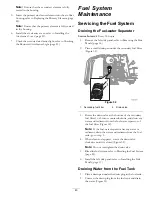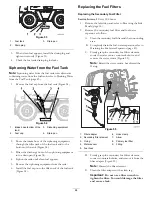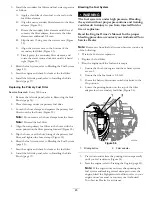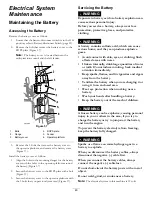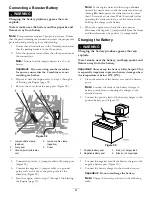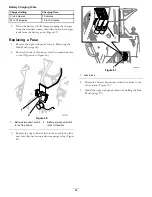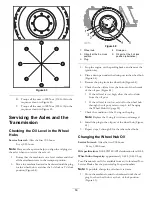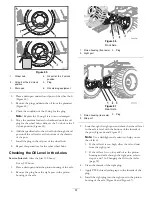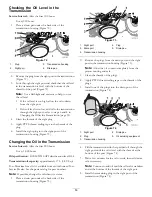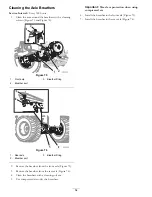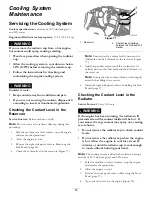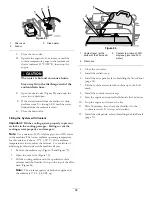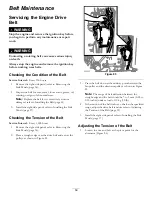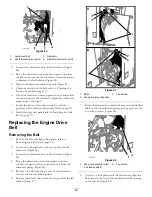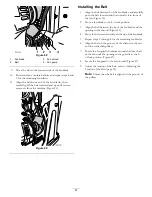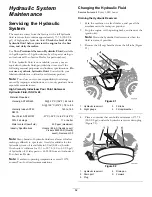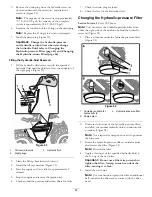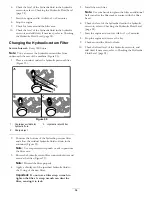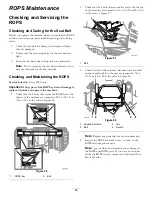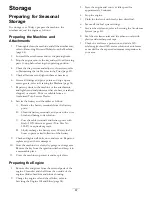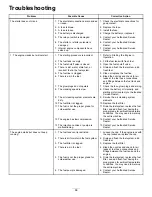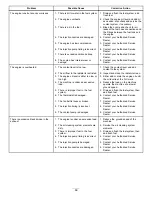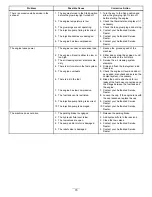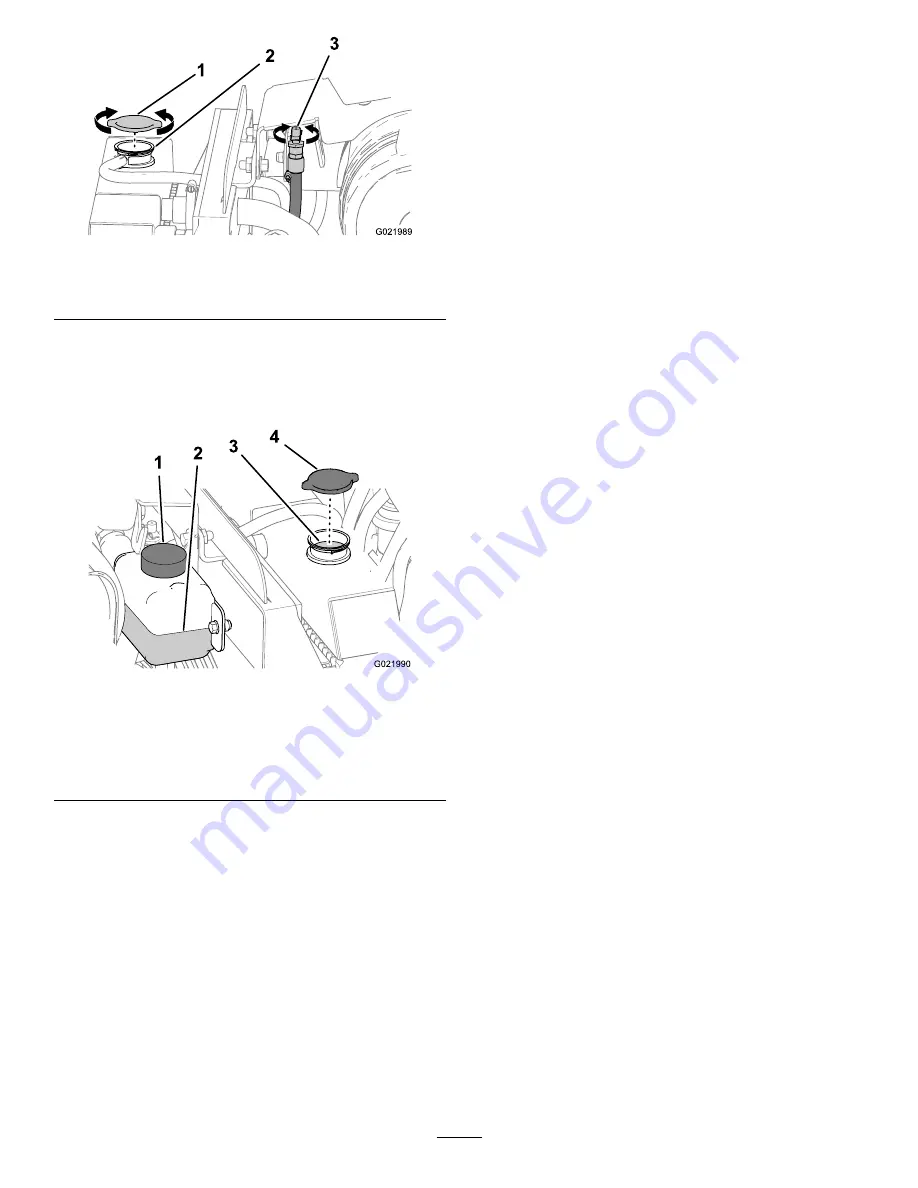
Figure 78
1.
Radiator cap
3.
Vent valve
2.
Filler neck
5.
Remove the radiator cap from the filler neck of the
radiator and check the coolant level (Figure 78 and
Figure 79),
Note:
The coolant should be up to the filler neck.
Figure 79
1.
Reservoir
3.
Coolant level (bottom of
radiator neck)
2.
Coolant level (halfway
between the Add and Full
marks)
4.
Radiator cap
6.
If the coolant level is low, add coolant until the level is
up to the bottom of the filler neck (Figure 79).
Important:
Do not overfill the radiator.
Note:
If the radiator coolant level is low and the
coolant reservoir level is at the Full mark, check for air
leaks in the hose between the radiator and the coolant
reservoir.
7.
Close the vent valve.
8.
Install the radiator filler cap, ensuring that it is tightly
sealed.
9.
If the air temperature is below 0°C (32°F), mix the
ethylene glycol and water completely by running the
engine at operating temperature for 5 minutes.
Checking the Condition of Cooling
System Components
Service Interval:
Every 300 hours
Check the condition of the cooling system for leaks, damage,
dirt, and loose hoses, and clamps. Clean, repair, tighten, and
replace the components as necessary.
Checking the Concentration of the
Coolant
Service Interval:
Every 1,000 hours
Test the concentration of ethylene glycol based antifreeze in
the coolant . Ensure that the coolant is a mixture of 50%
ethylene glycol and 50% water.
Note:
An antifreeze having a mixture of 50% ethylene
glycol and 50% water will protect the engine to -37°C (-34°F)
throughout the year.
Check the concentration of the coolant mixture to ensure that
it is a mixture of 50% ethylene glycol and 50% water.
Cleaning the Cooling System
Service Interval:
Every 2,000 hours/Every 2 years
(whichever comes first)
Draining the Coolant from the System
Important:
Do not pour coolant onto the ground or into
an unapproved container that can leak.
1.
Remove the left and right side panels and the nose
panel; refer to Removing the Side Panels (page 36)and
Removing the Nose Panel (page 37).
2.
Remove the radiator cap (Figure 78 and Figure 79).
3.
Place a drain pan with a minimum capacity of 20 L (5.3
gallons) under the open end of the drain hose (Figure
80).
Note:
The coolant capacity of both the engine and
the radiator is 17.2 L (18.2 US qt).
56
Summary of Contents for RT600
Page 71: ...Notes 71...


